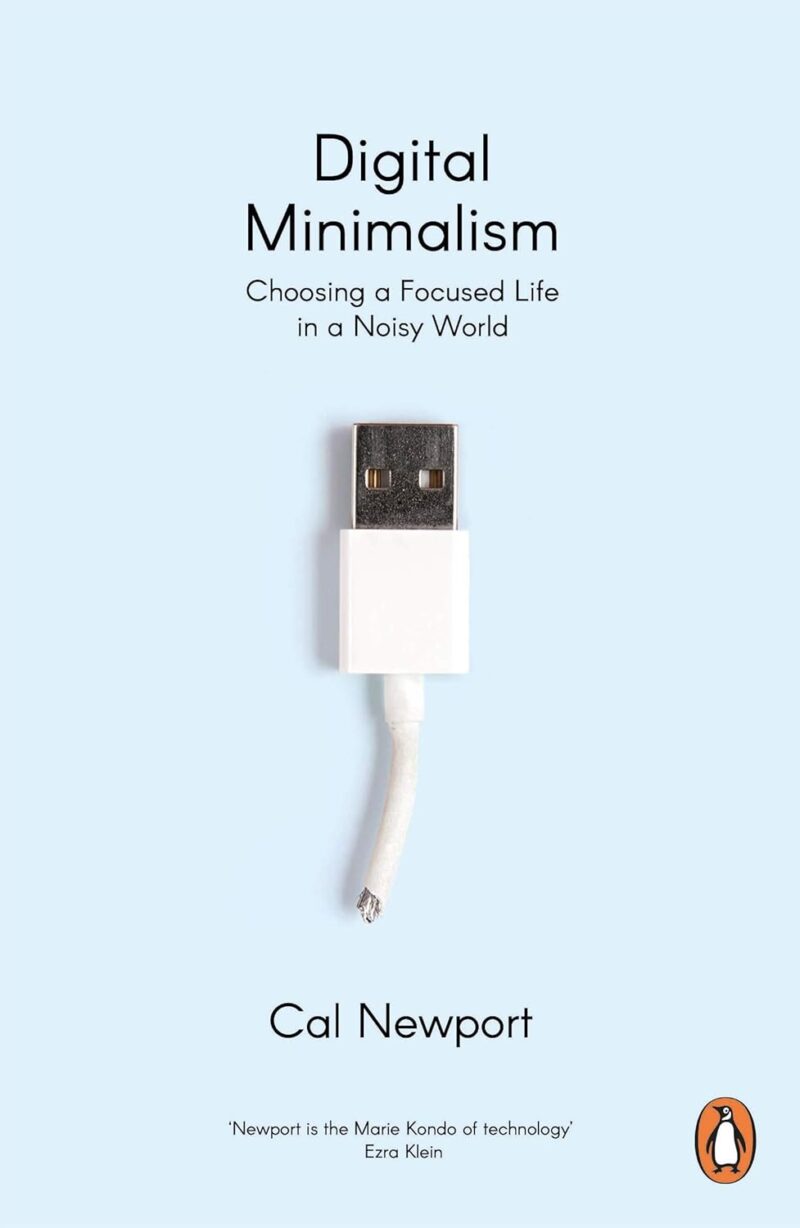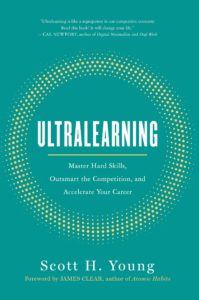Mastering Digital Balance: Unveiling the Secrets of 'Digital Minimalism
"Digital Minimalism" explores the challenges of our digital age, offering insights and strategies to reclaim time, focus, and genuine human connection amidst screen-dominated lives.
Subjects: Digital
In today’s digital age, where screens dominate our lives and the constant barrage of notifications is the norm, the book titled “Digital Minimalism” serves as a beacon of hope. It is a comprehensive exploration of the challenges posed by our digital lives and offers profound insights into how we can reclaim our time, focus, and well-being.
1. The Illusion of Digital Prosperity
Digital Minimalism begins with a poignant examination of the modern farmer’s plight, drawing parallels with our digital lives. Thoreau’s observations on farmers who overwork for slightly better material possessions resonate with our current digital context. He questions, “Who could justify trading a lifetime of stress and backbreaking labor for better blinds?” This mirrors our digital habits where we trade our time and mental peace for fleeting digital rewards. The book aptly notes, “It’s exactly these types of calculations that lead Thoreau to observe sardonically: ‘I see young men, my townsmen, whose misfortune it is to have inherited farms, house, barns, cattle, and farming tools; for these are more easily acquired than got rid of.’” This analogy serves as a stark reminder of the price we pay for our digital indulgences.
2. The Social Fitness Phenomenon
The book sheds light on the resurgence of old-fashioned, in-person activities, emphasizing their importance in fostering genuine human connections. It cites the example of board games, which despite the rise of video games, continue to thrive because they offer a richer social experience. Another intriguing trend highlighted is the “social fitness” phenomenon. The rise of group fitness activities, such as boot-camp-style calisthenics or the F3 (Fitness, Fellowship, and Faith) groups, underscores our innate desire for community and shared experiences. The book humorously notes the camaraderie in F3 groups, where understanding their jargon becomes a rite of passage, fostering a sense of belonging.
3. The Flight from Conversation
One of the book’s most compelling sections delves into the decline of genuine conversation in favor of digital “connection.” Drawing from Sherry Turkle’s “Reclaiming Conversation,” it differentiates between the shallow interactions of online life and the rich, fulfilling conversations of real-world encounters. Turkle’s assertion that “Face-to-face conversation is the most human—and humanizing—thing we do” is a powerful reminder of what we stand to lose in our screen-dominated world.
4. The Power of Craft
The book extols the virtues of craft, emphasizing its role in grounding us in our humanity. Whether it’s woodworking, knitting, or even playing a musical instrument, engaging in craft activities offers deep satisfaction. The stories of Gary Rogowski and Matthew Crawford, both of whom champion the value of hands-on work, serve as inspiring testimonials to the joys of craft.
5. Strategies for High-Quality Leisure
Taking a cue from Benjamin Franklin, the book encourages readers to actively join groups and associations. Franklin’s relentless drive to be part of community activities underscores the benefits of structured social interactions. The book also introduces the concept of “Leisure Plans,” urging readers to strategize their free time to prioritize high-quality activities over passive consumption.
6. Reclaiming Conversation in the Digital Age
The book concludes with practical advice on navigating the digital world without sacrificing genuine conversation. The idea of setting “Conversation Office Hours,” inspired by a Silicon Valley executive, is a novel approach to ensure that we make time for meaningful interactions amidst our busy lives.
Conclusion
“Digital Minimalism” is a timely and essential read for anyone feeling overwhelmed by the digital chaos of modern life. It not only diagnoses the problems of our screen-saturated existence but also offers actionable solutions to reclaim our time, focus, and well-being. As the book aptly summarizes, “Craft makes us human,” and in the digital age, it’s more important than ever to remember our humanity.




